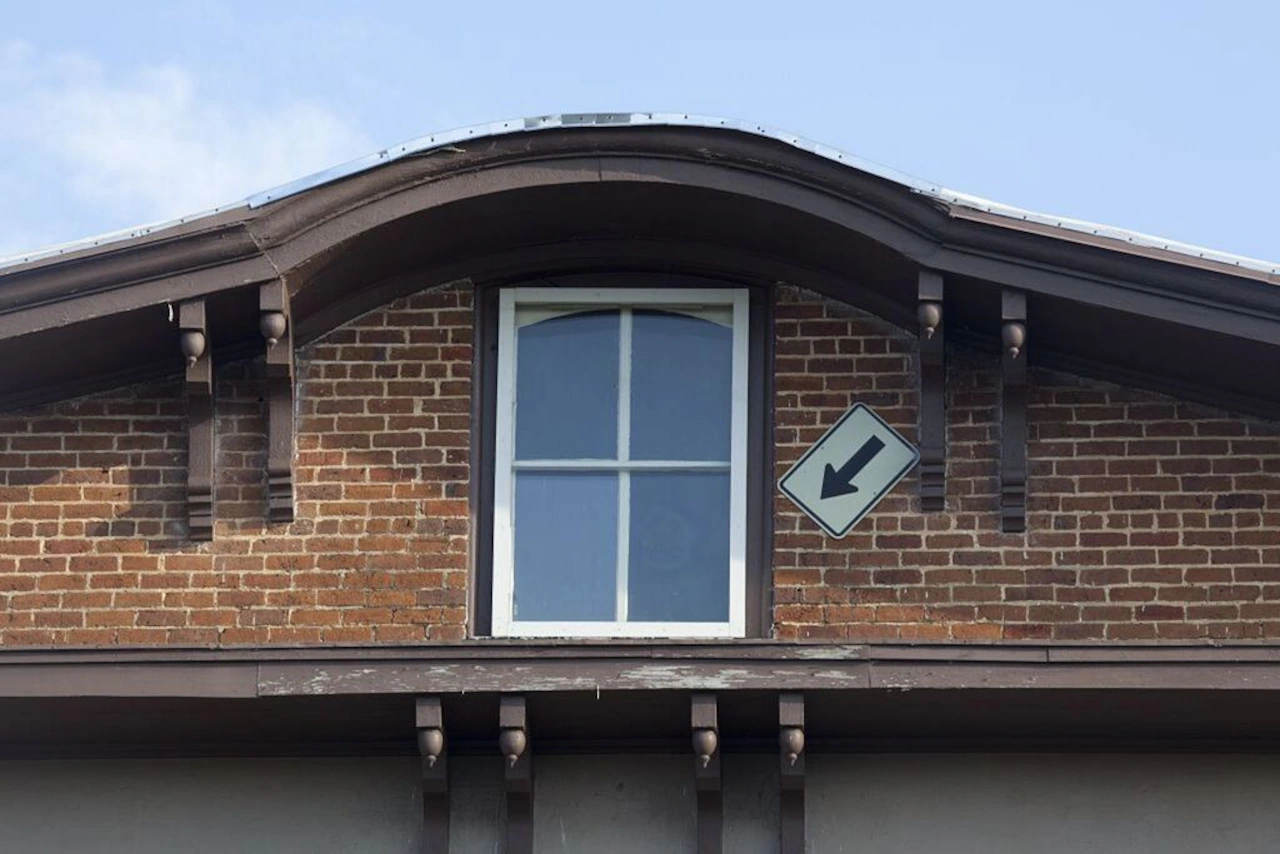Copyright AL.com

For history buffs like myself, the curated shows on The History Channel make the perfect binge-watch, serving up brief-but-entertaining tidbits. Among my favorite shows is “Mysteries at the Monument,” formerly called “Monumental Mysteries.” Although new episodes are no longer being produced, the show has been in constant circulation and can currently be seen on streaming sites like Tubi, Sling and Plex. I love learning about landmarks in other states but of course, my ears always perk up when I hear host Don Wildman introduce a story about Alabama. Over the show’s three seasons, the stories of four Alabama landmarks were featured. Read about them below. Tribute to Woman Struck by a Meteorite In season 1, episode 2, the show featured the tale of the only known person in modern history to be struck by a meteorite. On the lawn of Sylacauga’s City Hall, a beautiful swirling marble sculpture by artist Don Lawler commemorates the incident. In November 1954, Ann Hodges was napping on the sofa in her Sylacauga home when the meteorite fell from the sky, punched a hole in her roof and struck her on the hip. She was the first person in modern history to be hit by a rock from space. The appearance of the 8.5-pound rock was big news in the small town, and photos appeared worldwide in newspapers of Hodges in her hospital bed, showing her bruises. The meteor itself became the subject of a legal battle. Finally, Hodges donated the space rock to the Museum of Natural History in Tuscaloosa, Ala. The Boll Weevil Monument Also in season 1, episode 2, the show features the story behind the Boll Weevil Monument in Enterprise, Ala. The strange statue of a Grecian woman holding an oversized boll weevil in her upstretched hands is well-known as one of Alabama’s quirkiest landmarks. It was erected after the pesky insect destroyed cotton crops, forcing farmers to diversify and plant peanuts, as a reminder to how they overcame adversity. It was dedicated Dec. 11, 1919. Host Wildman intones: “As luck would have it, the peanut was even more profitable than cotton,” adding that the statue is “a tangible reminder of one of the worst blights in U.S. history but one that eventually led to prosperity.” Face in the Courthouse Window In season 1, episode 9, Wildman recounts the tale of a mysterious imprint of a face that appears in a window of the Pickens County Courthouse. According to Alabama.travel: “This historic courthouse has an etched face in a window believed to be likeness of Henry Wells, a black man who was accused of burning the second courthouse building in 1876. During the 1800s, Wells was imprisoned in the courthouse. The legend has it that his face was etched into the glass during a lightning storm as a mob advanced for him. The present building was constructed in 1877. Each year the historical drama ‘The Face in the Courthouse Window’ by Barry Bradford is performed.” After the tale circulated for several decades, Pickens County officials began promoting the site as a tourist attraction. Edmund Pettus Bridge Edmund Pettus Bridge in Selma, the site of one of the bloodiest race incidents in Alabama history, was featured in season 2, episode 8 of “Mysteries at the Monument.” The bridge, built in 1940 and named for a grand dragon in the Ku Klux Klan, crosses the Alabama River on Business Route 80. In March 1965, crowds gathered at the bridge for the famed Selma-to-Montgomery March, led by Martin Luther King Jr., to demonstrate against the suppression of Black voters. The peaceful protest soon became violent when police attacked marchers with batons and tear gas. The event is known as “Bloody Sunday.” The following weekend, demonstrators gathered at the bridge once again and this time completed the march to Montgomery. The bridge is a National Historic Monument.



